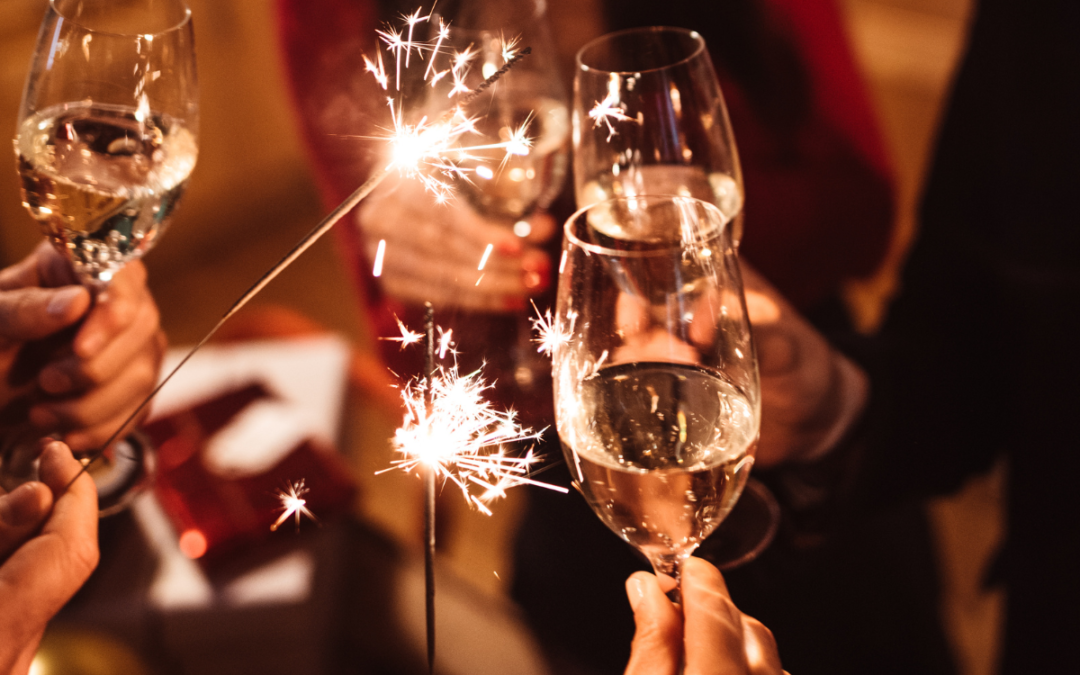How to Navigate DUI Checkpoints
Traffic Laws and Regulations
New Year’s Eve is a time for celebration and reflection as we bid farewell to the old year and welcome the new one with open arms. While festivities often involve parties, gatherings, and, for some, a glass of champagne, it’s crucial to remember that celebrating responsibly is key to ensuring everyone’s safety. This includes being mindful of DUI checkpoints, which law enforcement agencies often set up during this holiday season to deter drunk driving. In this article, we’ll discuss DUI checkpoints, their purpose, and offer some tips on driving safely this New Year’s Eve.
This blog may contain affiliate links, and if you make a purchase through these links, we may or may not earn a commission at no extra cost to you.
Understanding DUI Checkpoints
DUI checkpoints, also known as sobriety checkpoints or roadblocks, are temporary traffic stops set up by law enforcement agencies to screen drivers for signs of impairment due to alcohol or drugs. The primary goal of these checkpoints is to reduce the number of drunk drivers on the road, thereby preventing accidents, injuries, and fatalities.
Learn More: California Highway Patrol
DUI checkpoints operate by stopping a predetermined number of vehicles or every vehicle that passes through a specific location. At the checkpoint, officers may ask drivers to provide their driver’s license, registration, and proof of insurance. They may also observe the driver’s behavior for signs of intoxication, such as slurred speech, bloodshot eyes, or the smell of alcohol. If officers have reasonable suspicion that a driver is impaired, they may ask the driver to perform field sobriety tests or submit to a breathalyzer test.
RELATED ARTICLE: California’s Strict DUI Laws
Tips for Driving Safely This New Year’s Eve
Plan Ahead
Before heading out for your New Year’s Eve celebration, plan your transportation in advance. Consider designating a sober driver, using a rideshare service like Uber or Lyft, taking public transportation, or arranging for a taxi or a designated driver service. Having a transportation plan in place ensures that you won’t be tempted to drive under the influence.
Limit Alcohol Consumption
If you choose to drink alcohol during your New Year’s Eve celebration, do so in moderation. Know your limits and be aware of the legal blood alcohol concentration (BAC) limit in your area, which typically ranges from 0.08% to 0.10%. Consuming alcohol responsibly will help you stay within the legal limit and minimize the risk of impaired driving.
Stay Hydrated and Eat
Alcohol can dehydrate you, and an empty stomach can cause alcohol to be absorbed more quickly. To mitigate these effects, drink plenty of water throughout the evening and have a meal before or during your celebration. Staying hydrated and eating can help slow down the absorption of alcohol and reduce its impact on your system.
Be Patient at Checkpoints
If you encounter a DUI checkpoint while driving on New Year’s Eve, remain calm and cooperative. Follow the instructions of law enforcement officers and provide the necessary documents they request. If you haven’t been drinking, there’s no need to worry. These checkpoints are designed to identify and apprehend impaired drivers.
New Year’s Eve should be a time of joy and celebration, but it’s essential to prioritize safety when it comes to drinking and driving. DUI checkpoints are a valuable tool that law enforcement agencies use to discourage drunk driving and save lives. By planning ahead, drinking responsibly, and making use of designated drivers or alternative transportation options, you can help ensure that everyone has a safe and memorable New Year’s Eve celebration. Remember that the choices you make this holiday season can have a lasting impact, so choose wisely and celebrate responsibly. Happy New Year!
Drive with Confidence!
Keep up with all the latest driving news. Expolre our blog packed with essential tips and expert advice on all things related to DRIVING!




